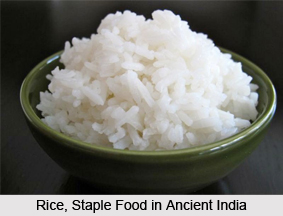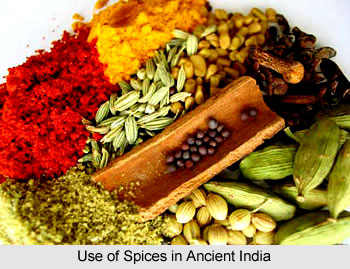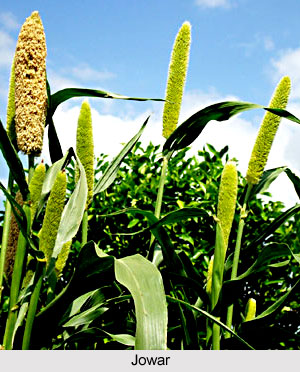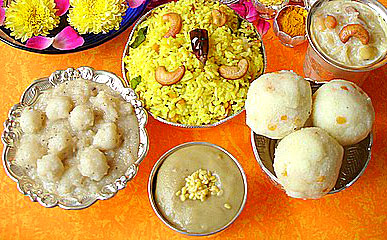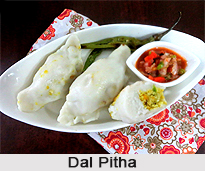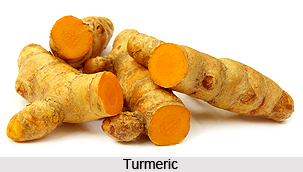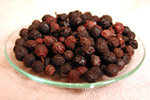 Botanical name:Piper cubeba Linn.
Botanical name:Piper cubeba Linn.
Family name:Piperaceae.
Indian names are as follows:
Sanskrit:Kankol, Kakkol
All other Indian languages:Kababchini.
It is well known as a spice in India. It is used for flavoring curries particularly non-vegetarian dishes in India besides in soups and sauces. It is believed it also adds to taste. It is also commonly used as part of folk medicine and home remedy. Singers chew it to clear their throat.
 It is basically a creeper mostly grows on another large tree. Its egg shaped leaves are 10 to 12 cm long. Fruits are tiny and round like black pepper. It is harvested when green but fully grown. By drying under sun it turns black with uneven shrunk surface. These dry fruits are sold in the market as Kababchini.
It is basically a creeper mostly grows on another large tree. Its egg shaped leaves are 10 to 12 cm long. Fruits are tiny and round like black pepper. It is harvested when green but fully grown. By drying under sun it turns black with uneven shrunk surface. These dry fruits are sold in the market as Kababchini.
The fruit yield volatile oil, pinene, camphene, cadalene, sesquiterpenes viz., capaene, cadalene and l-cadinol, besides S- guaiazlene, cubebin, cabebol, cubebic acid, fixed oil, coloring matters, starch, resin, and nitrogenous matters.
 It was known as a herb since the era of Samhitas described as a herb from South. Charaka Samhita suggested its application for prevention of diseases of mouth. Susruta Samhita suggested use of this herb to prepare a type of oil that relieves arthritis. Nighuntas also hold almost identical views.
It was known as a herb since the era of Samhitas described as a herb from South. Charaka Samhita suggested its application for prevention of diseases of mouth. Susruta Samhita suggested use of this herb to prepare a type of oil that relieves arthritis. Nighuntas also hold almost identical views.
According to modern science it is stimulant, diuretic, and expectorant. It is used for treatment of dysentery, asthma, leucorrhoea, broken voice, cough, and rheumatism. It also has elaborate use as part of home remedies and folk medicinal system.

